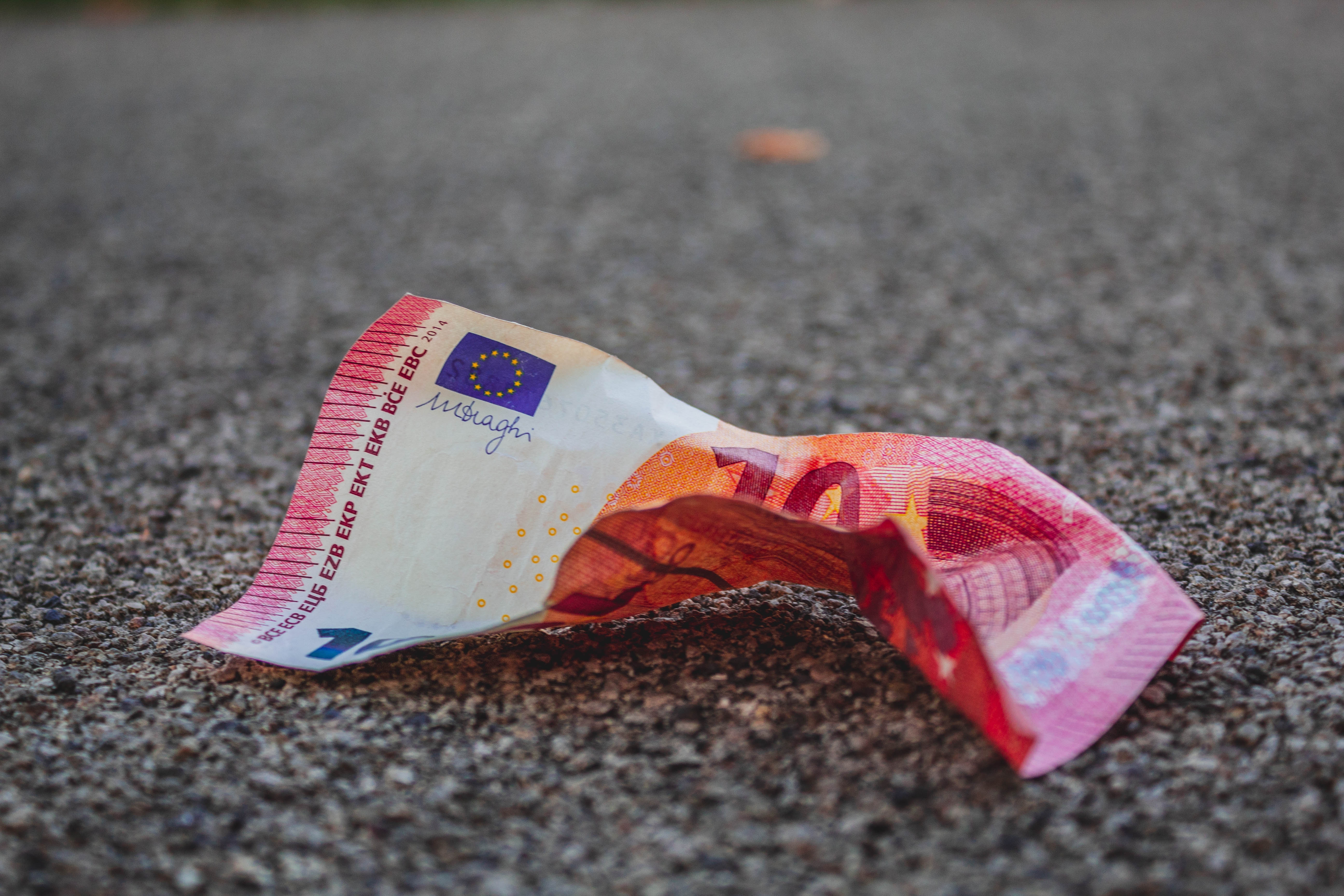In interesting sidebar to the debate regarding fees compression in the world of ETFs comes from a report produced by the European Securities and Markets (ESMA) last week into the impact of charges on investment performance.
The first-ever survey of cost and performance for UCITS, Alternative Investment Funds and structured retail products across the EU shows that charge for UCITs, taken together, reduce the gross returns on average by a quarter.
ESMA sad this represents a "significant drain" for investors, particularly in the retail space where clients pay twice as much for active funds than their institutional counterparts.
Moreover, when it comes to the difference between active and passive, the report finds that with costs higher for active, it means that passive outperforms in comparison despite a slight advantage in returns over some investment periods.
Steven Maijoor, chair at ESMA, said it was vital that retail investors were aware of the issue of costs and performance for investment products. "This evidence should prompt investors to carefully compare the costs of investment products when making investment decisions," he added.
The message on costs has been hammered home in recent years as low-priced ETF products cut provider margins down to the bone. In Europe, funds are on offer from the likes of BlackRock and Lyxor for between 0.4 and 0.7 basis points.
The report unsurprisingly finds that UCITS ETFs for both equity and binds show lower fees than the rest of the UCITS universe. As the report states: "This probably relates to the fact that they follow passive management and is behind strong increase in the demand of these products over the past decade"
A crumb of comfort for active managers comes from the performance data before costs. The results from the report show that in terms of gross returns, active equity UCITS performed slightly better than passive equity UCITS over the one-year and three-year horizons, 16% and 15%, and 11% and 10% respectively.
But with costs for active impacting returns by 1 percentage point compared with 0.6 percent for passive, it means that the one-year and three-year returns for both classes turn out the same at 14% and 9% respectively.
Worse for the active world, at the seven-year time horizon passive posted return of 9.7% on average versus 8.4% for active, and at the 10-year point (which includes the washout from the financial crisis) returns for passive were 5.8% versus 5.5% for active.
As the report understatedly puts it, this finding is in line the findings from other reports: "Results of other studies consistently show that actively managed funds clearly produce higher costs to investors than their passive peers, while equating them in terms of gross annual performance or even underperforming."




